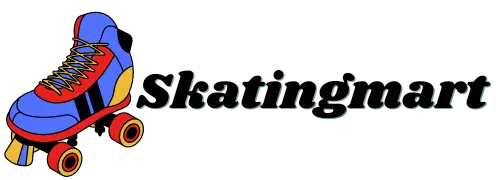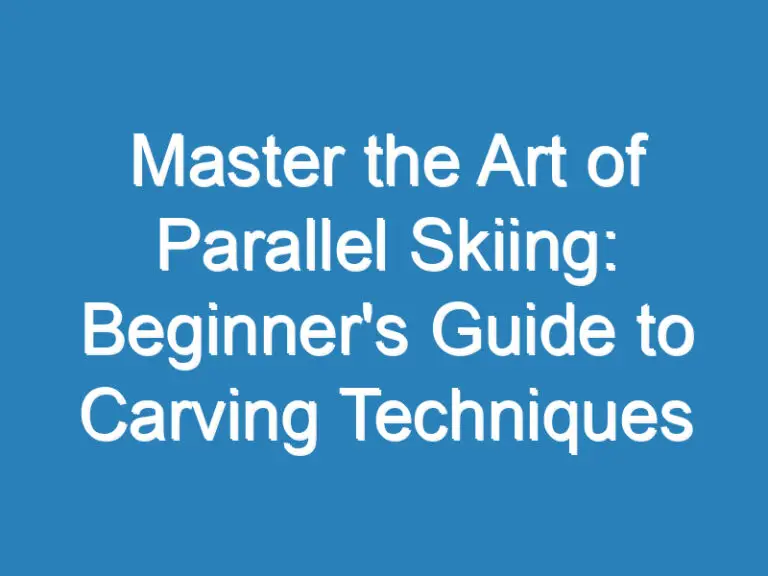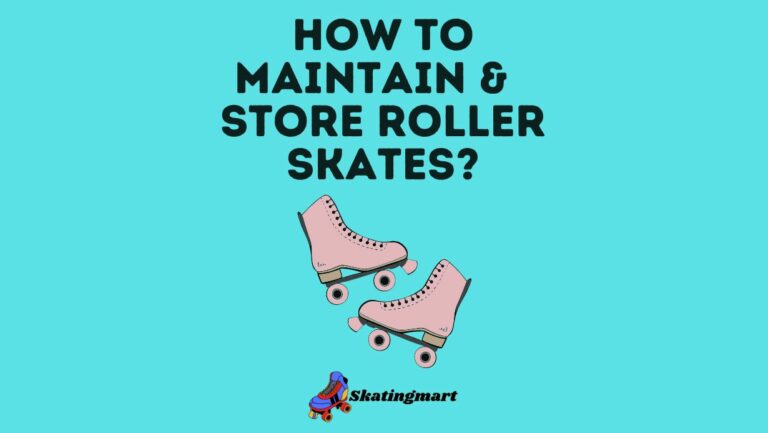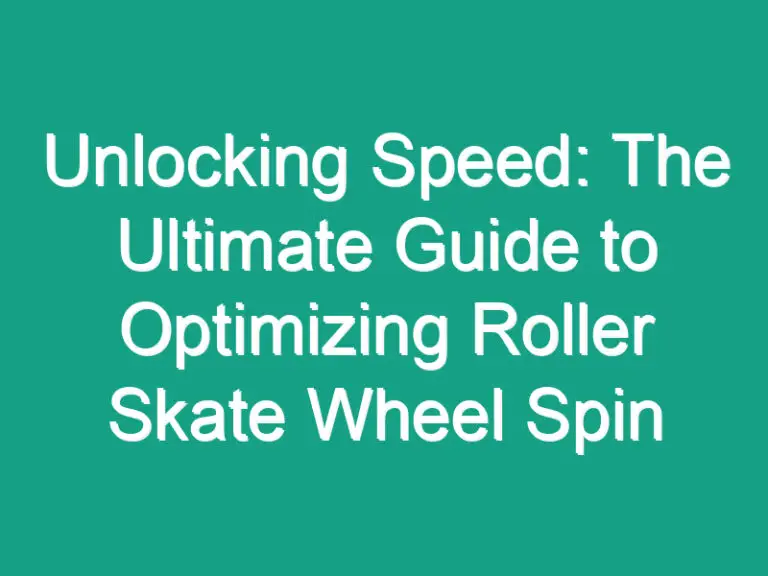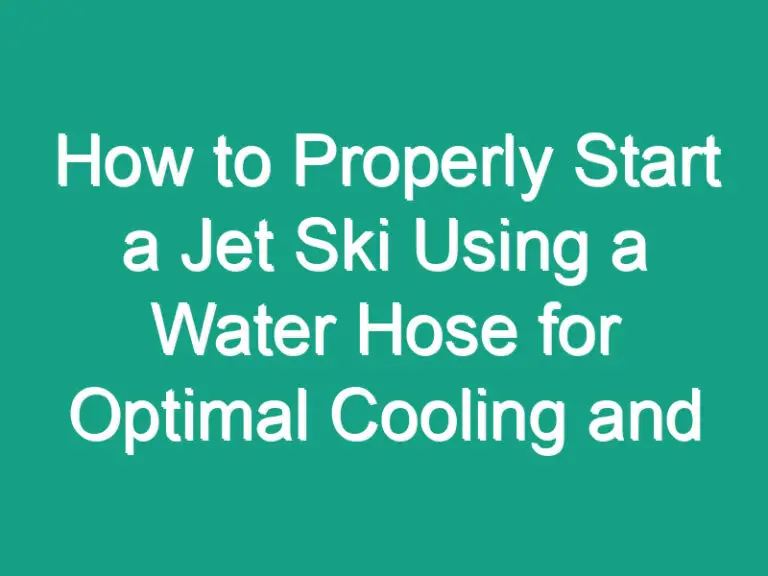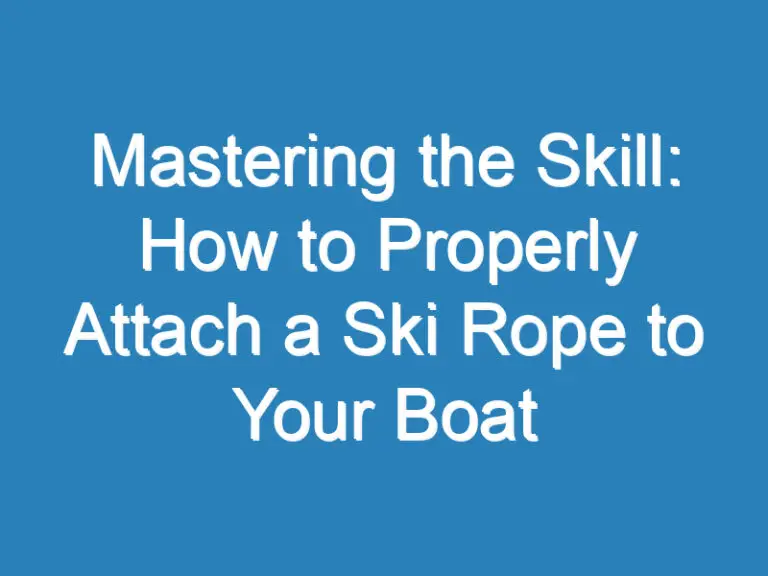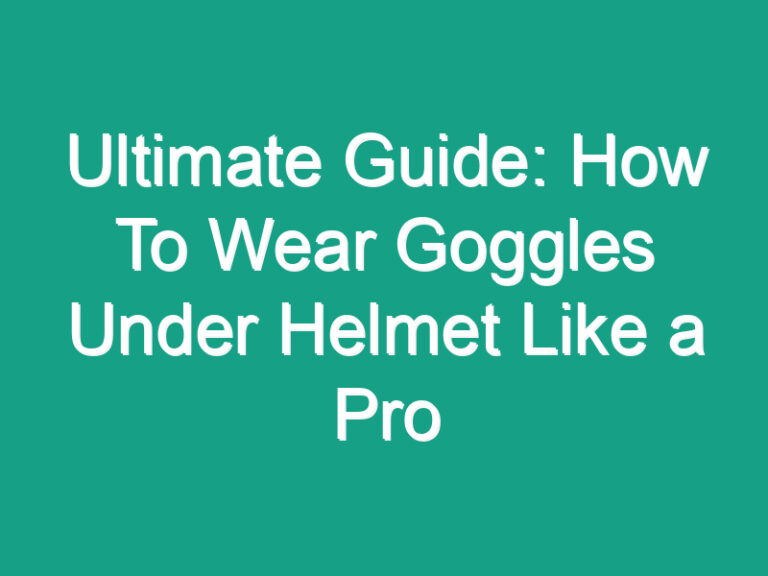
Have you ever wanted to experience the thrill of roller skating downhill like a pro? Well, I’m here to share some expert tips and tricks to help you conquer those slopes with confidence. As someone who has been roller skating for years, I know the exhilaration of speeding down a hill on eight wheels.
Roller skating downhill can be an adrenaline-pumping adventure, but it’s important to approach it with the right technique and mindset. In this article, I’ll walk you through the essential steps to master downhill roller skating safely and effectively. So, lace up your skates, and let’s dive into the exciting world of downhill roller skating together.
Key Takeaways
- Choosing the Right Location: Select a gentle slope with a 5-8% grade for practice. Opt for smooth surfaces, minimal traffic, good visibility, and safety features.
- Select a gentle slope with a 5-8% grade for practice.
- Opt for smooth surfaces, minimal traffic, good visibility, and safety features.
- Safety Gear Essentials: Essential items include a certified helmet, knee and elbow pads, wrist guards, gloves, padded shorts, and proper footwear. Wear safety gear to prevent injuries and skate responsibly.
- Essential items include a certified helmet, knee and elbow pads, wrist guards, gloves, padded shorts, and proper footwear.
- Wear safety gear to prevent injuries and skate responsibly.
- Mastering the Basics of Roller Skating: Get comfortable with your skates and practice balancing and stopping techniques. Master turning, speed control, and maintaining relaxation while skating.
- Get comfortable with your skates and practice balancing and stopping techniques.
- Master turning, speed control, and maintaining relaxation while skating.
- Techniques for Controlling Speed: Bend your knees, use the T-stop, carve back and forth, power slide, and brake cautiously.
- Bend your knees, use the T-stop, carve back and forth, power slide, and brake cautiously.
- Advanced Tips for Experienced Skaters: Practice regularly on different slopes, perfect your technique, master tight turns, develop speed control techniques, and gear up properly for safety.
- Practice regularly on different slopes, perfect your technique, master tight turns, develop speed control techniques, and gear up properly for safety.
Choosing the Right Location
When it comes to roller skating downhill, selecting the right location is crucial for a safe and enjoyable experience. Here are some key points to consider when choosing where to skate:
- Slope Grade: Look for a gentle slope at first, ideally with a 5-8% grade, to practice and build confidence before tackling steeper inclines.
- Smooth Surface: Opt for surfaces that are smooth and free of debris to prevent any unexpected falls or obstacles that could hinder your progress.
- Traffic and Pedestrians: Find a location with minimal traffic and pedestrian activity to ensure your safety and avoid any potential collisions.
- Visibility: Choose a location with good visibility so you can anticipate any obstacles or changes in the terrain ahead while skating downhill.
- Safety Features: Look for areas that have safety features such as barriers, clear boundaries, and designated skating lanes to enhance your overall safety while descending.
Remember, Choosing the Right Location sets the foundation for a successful downhill skating experience. So, scout out potential spots beforehand, consider the factors mentioned above, and always prioritize your safety when picking a location to practice your skills.
Safety Gear Essentials
When it comes to roller skating downhill, safety gear is non-negotiable. Here are the essential items I always make sure to have before starting any downhill skating adventure:
- Helmet: Protecting your head should be a top priority. A certified helmet that fits properly is a must.
- Knee and elbow pads: Falls happen, so protect your joints with durable pads.
- Wrist guards: These can prevent wrist injuries if you lose your balance.
- Gloves: Choose gloves with reinforced palms to protect your hands in case of a fall.
- Padded shorts: Extra padding can cushion your hips and tailbone during falls.
- Proper footwear: Make sure your shoes are closed-toe and securely fastened to your feet for stability.
Remember, wearing safety gear isn’t just a recommendation; it’s a critical part of responsible skating. Stay safe and protect yourself from potential injuries.
Mastering the Basics of Roller Skating
To excel at roller skating downhill, mastering the basics is crucial. Here are some key tips to help you become a proficient downhill skater:
- Get Comfortable: Start by getting comfortable with your skates. Ensure they fit well and provide adequate ankle support for stability.
- Practice Balancing: Work on your balance by skating on flat surfaces before attempting downhill routes. Practice keeping your body centered and distributing your weight evenly on both skates.
- Learn to Stop: Mastering different stopping techniques is essential for downhill skating. Practice using your toe stop, heel stop, or sliding to control your speed effectively.
- Master Turning: Sharp turns are common while skating downhill. Practice turning smoothly by shifting your weight and using your edges to navigate curves safely.
- Control Your Speed: Speed management is key when skating downhill. Learn to control your speed by bending your knees and using your body to lower your center of gravity.
- Stay Relaxed: Tension can affect your performance. Stay relaxed while skating downhill to maintain control and react quickly to any obstacles.
- Prep Your Gear: Before hitting the slopes, ensure your safety gear is properly fitted and in good condition. Helmets, knee pads, elbow pads, and wrist guards are essential for protection.
- Follow Safety Guidelines: Always abide by traffic rules, skate in designated areas, and be mindful of pedestrians and other skaters to ensure a safe skating experience.
With these foundational skills in place, you’ll be better equipped to tackle downhill skating challenges with confidence and finesse.
Techniques for Controlling Speed
When roller skating downhill, controlling speed is crucial for a safe and enjoyable experience. Here are some effective techniques I use to manage speed while skating:
- Bend your knees: Lowering your center of gravity by bending your knees helps you maintain balance and control your speed.
- Use the T-stop: One handy way to slow down is by using the T-stop technique – drag one foot behind you in a T shape to gradually reduce speed.
- Carve back and forth: S-shaped turns or carving back and forth on the road can help you control your speed and prevent acceleration.
- Learn the power slide: Mastering the power slide technique allows you to control speed by sliding your wheels sideways while skating downhill.
- Brake with caution: Utilize your brakes cautiously and steadily to slow down gradually without losing control.
By practicing these speed control techniques regularly, you’ll build confidence and enhance your ability to maneuver downhill smoothly.
Advanced Tips for Experienced Skaters
When you’re ready to take your downhill roller skating skills to the next level, there are some advanced tips that can help you elevate your performance and confidence on those challenging slopes.
Here are some pro tips to consider:
- Practice, Practice, Practice: The more you practice skating downhill, the more comfortable and confident you’ll become. Find different slopes with varying degrees of difficulty to challenge yourself and improve your skills.
- Perfect Your Technique: Focus on refining your skating technique to maximize control and efficiency. Work on maintaining a low center of gravity, keeping your knees bent, and using your body weight to navigate turns smoothly.
- Master Tight Turns: Being able to execute tight turns quickly and confidently is essential for maneuvering down steep hills. Practice sharp turns by shifting your weight and using your edges to carve smoothly through the curves.
- Develop Speed Control: Advanced skaters should have a variety of techniques for controlling speed effectively. Experiment with methods like the power slide, parallel slide, and slalom turns to maintain a safe speed while tackling downhill descents.
- Gear Up Properly: As you push your limits as a skater, ensure you have the right safety gear. Invest in high-quality knee pads, elbow pads, wrist guards, and a helmet to protect yourself in case of falls or collisions.
With dedication and consistent practice, you can sharpen your skills and push your limits as a downhill roller skater. Keep challenging yourself, stay focused, and above all, have fun while mastering the art of skating downhill.
Conclusion
Mastering downhill roller skating requires dedication and the right safety gear. By focusing on getting comfortable with your skates, practicing essential techniques like balancing and stopping, and honing your turning skills, you can build a solid foundation for downhill skating. Remember to stay relaxed, prepare your gear properly, and always prioritize safety.
Controlling speed downhill involves techniques like bending your knees, using the T-stop, carving back and forth, mastering the power slide, and braking cautiously. For experienced skaters seeking to advance, consistent practice on different slopes, perfecting technique, and developing speed control methods are key.
With commitment to practice and a focus on refining skills, you can elevate your downhill roller skating prowess and conquer even the most challenging slopes. Stay safe, have fun, and enjoy the exhilarating experience of mastering downhill roller skating.
Frequently Asked Questions
What safety gear is essential for downhill roller skating?
For downhill roller skating, essential safety gear includes a helmet, knee pads, elbow pads, wrist guards, and appropriate footwear.
How can I improve my balancing skills for downhill roller skating?
To improve balancing skills, practice standing still on your skates, bend your knees slightly, engage your core muscles for stability, and focus on a fixed point ahead.
What are some effective techniques for stopping while downhill roller skating?
Effective techniques for stopping include the T-stop, plow stop, power slide, and toe stop. Practice each technique to find what works best for you.
How can I control speed while skating downhill?
Control speed by bending your knees to lower your center of gravity, using the T-stop, carving left and right, mastering the power slide, and practicing controlled braking techniques.
What should I focus on when practicing downhill roller skating on different slopes?
Focus on perfecting your technique, mastering tight turns, controlling speed with power slides and slalom turns, and ensuring you have proper safety gear for each practice session.

Hi, This is Roasalin, I have loved Skating since my early childhood days, and here I share my experiences and tips for beginners who want to turn into pro skaters. I hope you find it useful. you can contact me here
